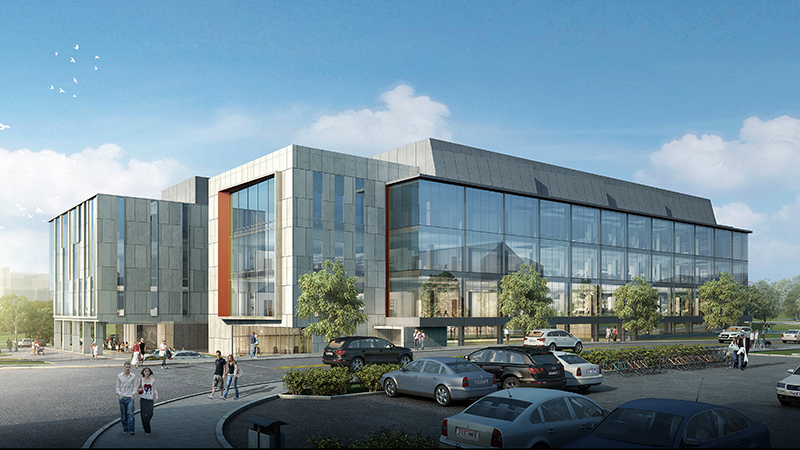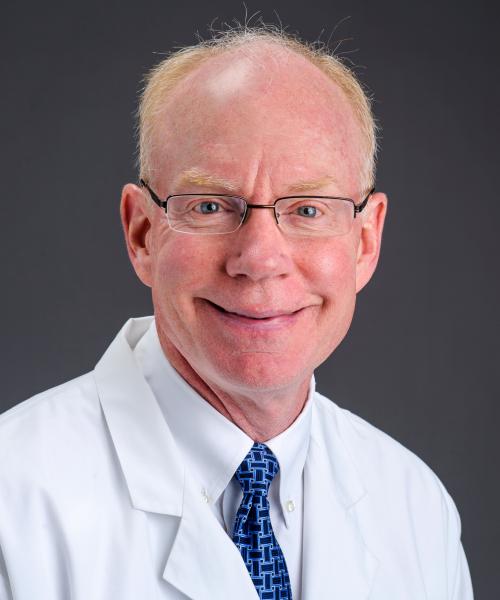
Towering above the skyline on the University of Missouri campus, two cranes assist workers who are building the NextGen Precision Health Institute. The facility near MU Health Care’s University Hospital will be the centerpiece of a wider effort that will impact the entire state.
Last summer, the University of Missouri system launched the NextGen Precision Health Initiative to harness the brainpower and resources of the system’s four universities and health system. The initiative prioritizes vascular, neurology and oncology research that addresses the leading causes of death to Missourians. The NextGen Institute will serve as an anchor to the initiative, providing a world-class facility and a network of interdisciplinary scholarship and research from throughout the flagship university.
The goals are to accelerate medical breakthroughs for patients in Missouri and beyond, increase collaboration between University of Missouri scholars and industry partners, attract research funding, generate jobs and train a new generation of researchers and clinicians.
“Great scholars deserve great spaces,” MU Chancellor Alexander N. Cartwright said. “That’s exactly what the NextGen Precision Health Institute will be — and yet it’s also so much more than a building. To us, this effort represents our commitment as one of America’s leading research universities to health care innovations that will transform communities across Missouri and beyond.”
The new structure will be a hub of activity on the Columbia campus. As William Fay, MD, watches the five-story, 265,000-square-foot building sprouting from a giant hole in the ground, he is excited about how the institute could help increase the university’s research capabilities when it opens in 2021.

“That’s going to be a critical factor for our recruitment and retention of excellent faculty members,” said Fay, the School of Medicine’s senior associate dean for research. “Facilities matter. They inspire us.”
Researchers and patients will benefit from a powerful new 7-Tesla MRI scanner made possible through the Alliance for Precision Health, a new partnership with Siemens Healthineers. The building will also include 32 wet labs, 12 integrated informatics spaces and a lab for tissue engineering and device fabrication.
“The environment will inspire us to work collaboratively,” Fay said. “The whole way that building is laid out will foster interactions and context collisions. I think it’s going to be huge in our recruitment. We’re overdue for that.
“But this is really more than a building — it’s an initiative. It’s more than our campus or our medical center. It’s our entire UM system, an extensive network of integrated scientists and other team members that are pushing forward our agenda in precision health.”

Highlighting the promise of personalized health care and the impact of large-scale interdisciplinary collaboration, the NextGen Precision Health initiative is bringing together innovators from across the University of Missouri and the UM System’s three other research universities in pursuit of life-changing precision health advancements. It’s a collaborative effort to leverage the research strengths of Mizzou toward a better future for the health of Missourians and beyond. The Roy Blunt NextGen Precision Health building at MU anchors the overall initiative and expands collaboration between researchers, clinicians and industry partners in the state-of-the-art research facility.





